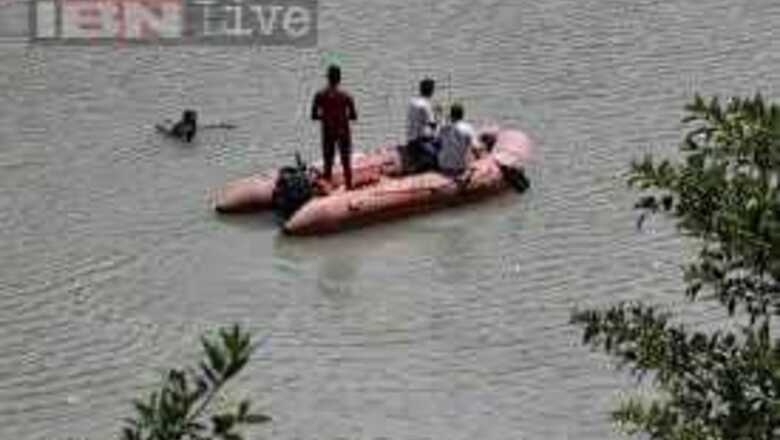
views
Shimla: The Himachal Pradesh government on Tuesday submitted a status report on the June 8 Beas tragedy to the state high court saying the state power department was still continuing with the inquiry. Sudden release of water from a dam upstream resulted in the drowning of 24 students in the river.
The Himachal Pradesh High Court directed the government to inform it about the steps taken after the initial inquiry revealed that gross negligence caused the death of 24 engineering students from Hyderabad.
In the report, the chief secretary said the power department has been asked to probe the role of the state load dispatch centre which asks hydropower projects in the state to shed generation.
He said: "A technical expert, not below the rank of chief engineer, would look into why only the state-run power projects including the 126 MW Larji hydropower project, were asked to reduce generation, while other power projects continued to run on full or in some cases more than the capacity."
Official sources said that the Larji hydropower project had been asked to reduce generation on the day of the tragedy, and plant officials had shut it down. As a result, water that had built up in its reservoir had to be released, leading to the sudden surge in the Beas river.
"The government has also asked the departments concerned to take steps to implement the recommendations contained in the inquiry report of the divisional commissioner," the chief secretary said in a statement.
After going through the status report, a division bench comprising Chief Justice Mansoor Ahmad Mir and Justice Tarlok Singh Chauhan listed the matter for next hearing on June 25.
The chief secretary informed the court that 17 bodies were recovered till June 22 and it has been decided to continue with the search operation till the remaining bodies are found.
In its reply, the V.N.R. Vignana Jyothi Institute of Engineering and Technology in Hyderabad, whose students were on excursion to Manali but drowned, informed the court through a separate affidavit that the students were on educational/industrial tour.
"A total of 55 out of 143 students opted for the tour. But only 48 students joined. Prior to their visit, an undertaking was taken from the students," said the college management.
"At that (disaster) time, there was very less water in the river. There were no barricades on the roadside, which could have stopped the students from reaching the river bank. There were no sign boards or any other warning sign," it said.
"However, within no time, a large amount of water came downstream. There was no chance for anyone to react," the college management said.
Earlier, a government report on the incident submitted to the high court had pointed out that gross negligence by the Larji project in releasing water into the river without warning caused the incident.
The project authorities, says the report, abruptly discharged 450 cusecs of water into the river June 8.
The students, who were standing on boulders in the river for a picture-postcard shoot, were caught unawares by the strong current which washed them away.
"The warning system is also inadequate. All this constitutes a systemic failure," said the probe conducted by Divisional Commissioner Onkar Sharma.
His report also said that the load dispatch centre directed two state-run projects - Larji and Bhava (120 MW) - to reduce generation on the day of the tragedy, whereas the 300 MW Baspa project owned by Jaiprakash Hydro Power Ltd was allowed to run at full capacity.
"The state load dispatch centre should have looked into the issue of pro-rata basis load shedding across the state," it said.




















Comments
0 comment